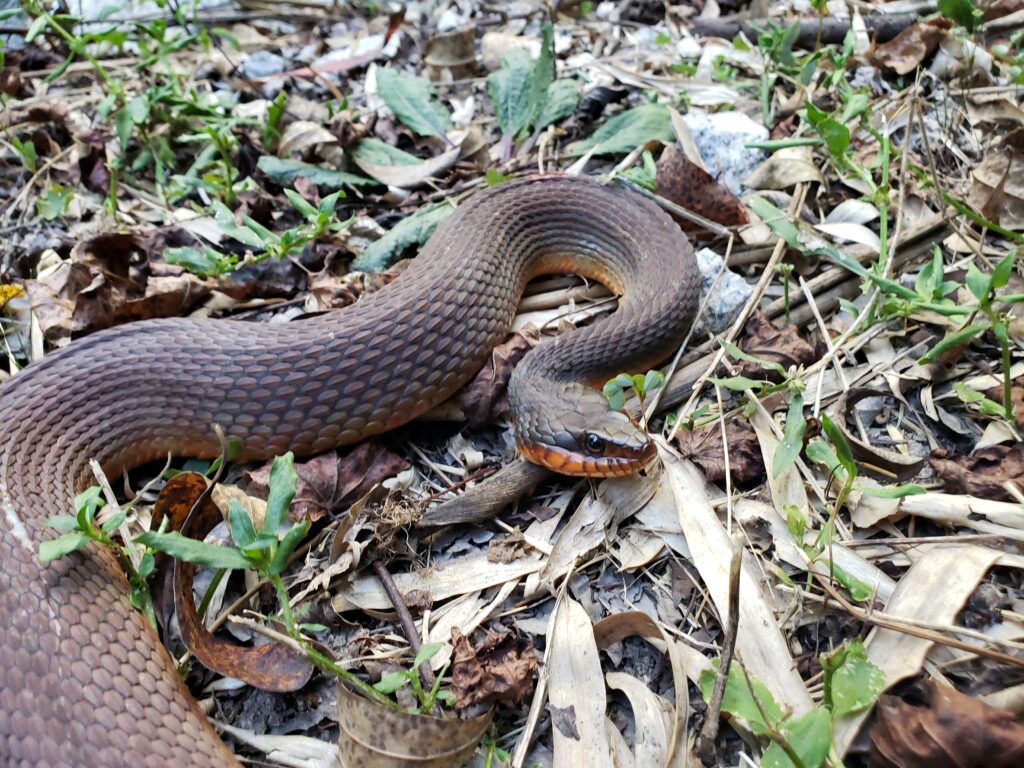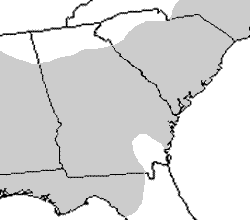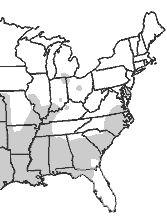Red-bellied Watersnake (Nerodia erythrogaster)



Photos by Amanda Hurst unless otherwise noted
| Description: Red-bellied watersnakes are fairly large — 30-48 in (76-122 cm) – semi-aquatic snakes. They are generally dark brown, light brown, or grey with a bright orange to yellowish, unpatterned underside. Juveniles are light brown to pinkish with dark blotches on the back, alternating with blotches along the sides. When young, this species closely resembles banded watersnakes (N. sipedon and N. fasciata), but can still be differentiated by the unpatterned belly. The juvenile pattern disappears with age, and the dorsum of adults generally appears plain. Females are larger than males but have relatively shorter tails. Scales are keeled and the anal scale is divided.
Range and Habitat: Nerodia erythrogaster is found throughout the Coastal Plain of the Southeast and in some areas of the lower Piedmont, but is absent from peninsular Florida. They are found throughout most of our region but are absent from mountainous regions and southeastern Georgia. They are found in or near lakes, creeks, rivers, wetlands, and swamps, and are commonly seen basking near water. Habits: Red-bellied watersnakes prey primarily on amphibians, but will also eat fish. Because amphibians make up the majority of the diet, red-bellied watersnakes tend to forage more in temporary wetlands, because these habitats are breeding sites for amphibians. Loss of these wetlands due to human activities will likely have an impact on both amphibians and the red-bellied watersnake. This species is considerably more terrestrial than other watersnakes in our region and they are frequently seen crossing roads on rainy summer nights. They can also be seen basking on logs or snags in rivers or cypress swamps. Interestingly, this species often flees onto land when approached, while other watersnakes generally take to water. Conservation Status: These snakes are considered common in our region and are not protected throughout most of it. This species is protected throughout the state of Georgia. One subspecies of N. erythrogaster, the copperbelly watersnake (N. e. neglecta), has declined in the Midwest and is protected. Pertinent References: Roe, J.H., B.A. Kingsbury, and N.R. Herbert. 2004. Comparative water snake ecology: conservation of mobile animals that use temporally dynamic resources. Biological Conservation 118:79-89. Roe, J. H., B. A. Kingsbury and N. R. Herbert. 2003. Wetland and upland use patterns in semi aquatic snakes: Implications for wetland conservation. Wetlands 23:1003-1014. Gibbons, J. W. and M. E. Dorcas. 2004. North American Watersnakes: A Natural History. University of Oklahoma Press. Norman, OK. Account author: Emily Rogers, University of Georgia – edited by J.D. Willson |
